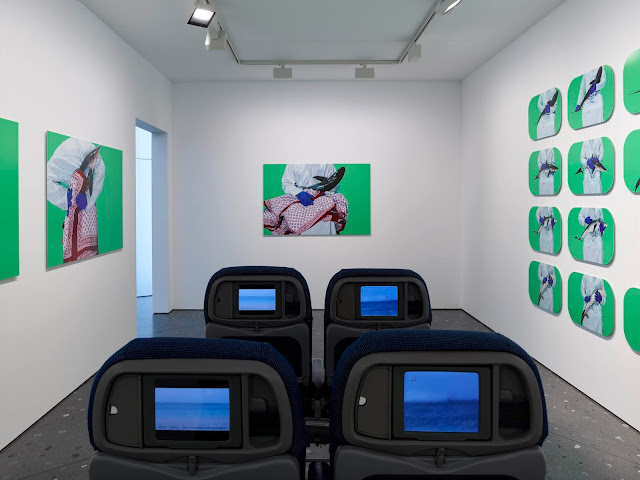Birdcall961:Appendix C
Produced on site at the Stellenbosch Triennial Curators’ Exhibition in 2020
Birdcall961: Appendix C was produced on site at the Stellenbosch Triennial ‘Curators Exhibition’, 2020. It is an 18m x 6m x 2m multiple mediums installation. This project is a kind of montage that brings together four image forms (a reportage video, charcoal drawing, an LED light drawing, and brailled pictures) to cohabit the same surface. All these forms have a mock-documentary characteristic that alludes to the hijacked Ethiopian airplane which crash-landed in the Comoros Island (1996). In line with my practice of de-centering the ocular as the privileged mode of accessing images, this constellation, further complicate the experience of image through sonic and tactile forms. The image forms at play are transformed into unsure immanent things through the artistic decisions that bring them onto one surface.





















